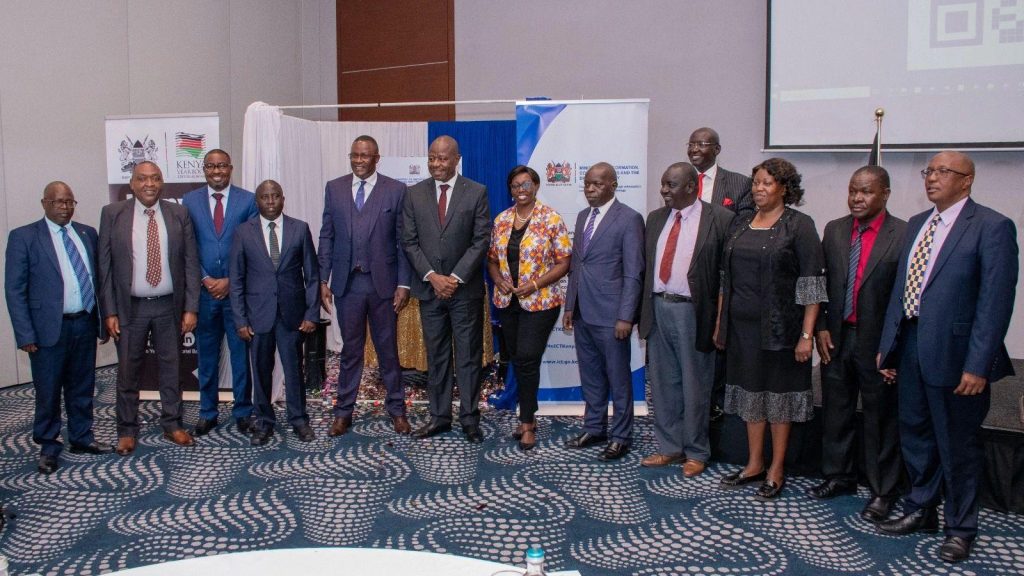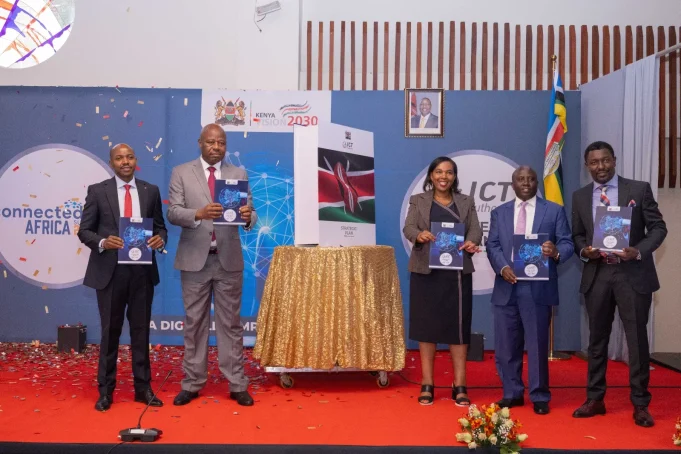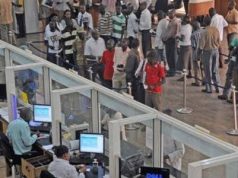The government has launched an ambitious KSh 40 billion last-mile connectivity initiative aimed at achieving 100% access to digital infrastructure across the country.
Spearheaded by the Communications Authority (CA) through the Universal Service Fund (USF) 2023–2027 plan, this strategy builds on the successes of the previous five-year program. That initiative expanded mobile coverage to 177 additional sub-locations, brought broadband to 886 public secondary schools, and transformed 56 public libraries into e-resource centers equipped with internet access and specialized software for the visually impaired.
A Key Pillar of Kenya’s Digital Transformation Agenda
This initiative forms a cornerstone of the Government Digital Transformation Agenda (GoDTA), which aims to revolutionize digital access and infrastructure across Kenya. As part of this broader agenda, the government plans to deploy 100,000 kilometers of additional fiber optic cable, install 25,000 public Wi-Fi hotspots, establish 1,450 smart digital village hubs, and construct three state-of-the-art data centers. Collectively, these projects are designed to improve ICT access for all citizens and harness the socioeconomic benefits of digital connectivity. The government aspires for the ICT sector to contribute at least 10% to the national GDP by 2030.
Strategic Focus Areas for Impactful Results
The initiative concentrates on three primary result areas:
- Infrastructure Expansion – Closing remaining connectivity gaps across the country while maintaining service quality and sustainability.
- Digital Skills and Local Content Development – Equipping citizens with relevant skills and locally relevant digital content to boost ICT usage and effectiveness.
- Institutional Capacity Building – Strengthening administrative Capacity, resource mobilization, and fund management to ensure efficient delivery of planned initiatives.

Expanding Infrastructure and Enhancing Service Delivery
The infrastructure component addresses critical aspects such as accessibility, affordability, and availability of ICT services, including voice and data, broadcasting, postal, and courier services. It goes beyond mere connectivity, ensuring meaningful access to services and devices. This also supports broader goals like enhancing e-government capabilities and promoting digital inclusivity.
A Unified National Approach to Digital Equity
Speaking during the launch, Communications Authority (CA) Director General David Mugonyi emphasized that the strategy is designed to bridge ICT access gaps through focused and targeted actions. He stressed the importance of a “whole-of-society approach,” aligning efforts with the country’s broader strategic vision to ensure inclusive and sustainable digital development for all Kenyans.
Mobilizing Resources to Bridge the Funding Gap
Despite the ambition, there is a significant funding shortfall of over KES 12 billion for the initiative through 2027. Mugonyi appealed to development partners and donors to support the vision. He clarified that while plans have been laid out, the actual funding is still being sourced, stating:
“When you see a figure there, it doesn’t mean the money is available. Whatever you have seen is a dream, a wish list.”
Traditionally, the Universal Service Fund (USF) is financed through contributions from CA licensees. To bridge the funding gap, the Authority is exploring partnerships, including donor grants, co-financing arrangements for sector-specific projects, and reinvestment of licensee funds as seed capital.
Regulatory Support and Future Outlook
Mugonyi added that the CA will implement enabling regulatory interventions to foster greater private sector participation. The Authority will also provide direct financial support for rolling out 2,500 kilometers of fiber network in underserved areas—further aligning with the USF’s mandate to ensure universal access to critical ICT services.
CA Chairperson Mary Mungai reaffirmed that the projects outlined under the strategy will strongly support the government’s broader digital agenda, including the Digital Superhighway and the digitization of public records. Reflecting on progress, she noted:
“Over the last five years, during which we have been implementing the USF, we have witnessed first-hand the transformative impact of ICTs on communities and individuals in hitherto inconceivable ways.”
FAQ’s
What is the primary goal of the Government Digital Transformation Agenda (GoDTA)?
The GoDTA aims to enhance digital infrastructure and ICT accessibility across Kenya to foster inclusive socioeconomic development and increase the ICT sector’s contribution to the national GDP by 10% by 2030.
What are the three key focus areas of the initiative?
The initiative centers on infrastructure rollout, development of digital skills and local content, and strengthening institutional Capacity for effective implementation.
How is the Universal Service Fund (USF) financed?
Contributions from licensed ICT service providers primarily fund the USF. Additional funding will come from donor grants, co-financing models, and reinvestment of licensee funds.
What infrastructure developments are planned under this strategy?
Plans include laying 100,000 km of fiber optic cable, installing 25,000 public Wi-Fi hotspots, creating 1,450 digital village hubs, and establishing three modern data centers.
How does the strategy support underserved regions?
The CA will directly fund the rollout of 2,500 km of fiber in unserved and underserved areas and introduce regulatory support to encourage private sector involvement.
Conclusion
Kenya’s bold digital transformation strategy is a vital step toward bridging the digital divide and creating equitable access to technology across the nation. Through deliberate infrastructure expansion, skills development, and institutional support, the government envisions a thriving digital economy. With collaborative efforts from public and private stakeholders and strategic funding mechanisms, the initiative sets a solid foundation for an inclusive, tech-enabled future that empowers every Kenyan citizen and drives national economic growth.








